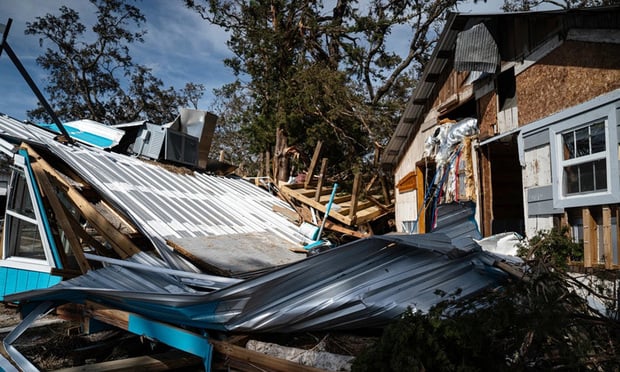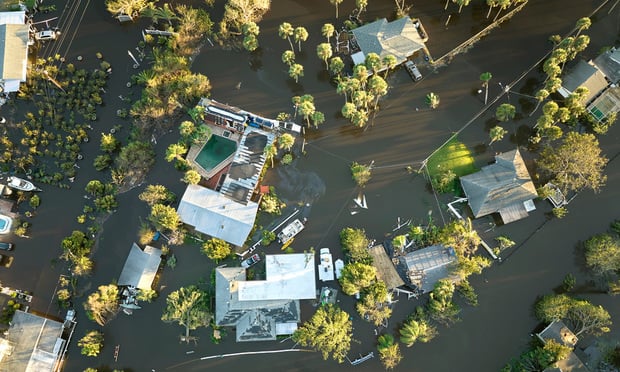The economic impact of terrorism on the global economy costs tens of billions of dollars. Forbes pegged the impact at $90 billion and rising in November 2016. The Institute of Economics and Peace (IEP) has identified over 150,000 terrorist events in its Global Terrorism Index (GTI), and finds that while the number of attacks are dropping in some countries, they are increasing at alarming numbers in others.
As terror groups like ISIL change their tactics, the number of lone terror attacks has surged to its highest number ever. According to the IEP GTI, 98 percent of the terror-related deaths in the U.S. since 2008 have been carried out by individuals acting on their own. Fortunately, there are several similarities and statistical patterns to individual terrorist attacks, which provide some insight into creating effective counterterrorism operations.
The financial impact of terrorism primarily affects a country's gross domestic product (GDP), which is frequently an indicator to how well a country is doing (or not). Iraq experiences the highest economic impact from terrorism, which reached 17 percent of its GDP according to the IEP. Terrorism affects business operations, tourism, manufacturing and other key industries.
What do insurers need to consider as they determine coverage exposures and limits for policyholders in this area? There is already existing coverage for some of the risks such as business interruption, property damage, workers' compensation and auto. But as the threat increases, insurers and risk managers will need to take a closer look at soft targets like hotels, schools, hospitals, tourist attractions and shopping areas as they consider the liabilities associated with an attack in these settings.
The financial impact on a mall, amusement park or hotel complex will extend beyond the time needed to rebuild after an incident. Validating losses following an attack also takes time and can be an extremely complex process. Insurers will need to consider how terrorism is changing and work on developing new products and solutions to expedite claims management.
The America's Claims Event in Charlotte, N.C., on June 21-22 will examine a number of issues affecting insurance claims and offer insurers practical solutions to address many of them. Plan now to attend and network with your peers and learn what's on the horizon for the industry.
Patricia L. Harman is editor-in-chief of Claims magazine. She can be reached at [email protected]. Opinions expressed are the author's.
Want to continue reading?
Become a Free PropertyCasualty360 Digital Reader
Your access to unlimited PropertyCasualty360 content isn’t changing.
Once you are an ALM digital member, you’ll receive:
- Breaking insurance news and analysis, on-site and via our newsletters and custom alerts
- Weekly Insurance Speak podcast featuring exclusive interviews with industry leaders
- Educational webcasts, white papers, and ebooks from industry thought leaders
- Critical converage of the employee benefits and financial advisory markets on our other ALM sites, BenefitsPRO and ThinkAdvisor
Already have an account? Sign In Now
© 2024 ALM Global, LLC, All Rights Reserved. Request academic re-use from www.copyright.com. All other uses, submit a request to [email protected]. For more information visit Asset & Logo Licensing.








